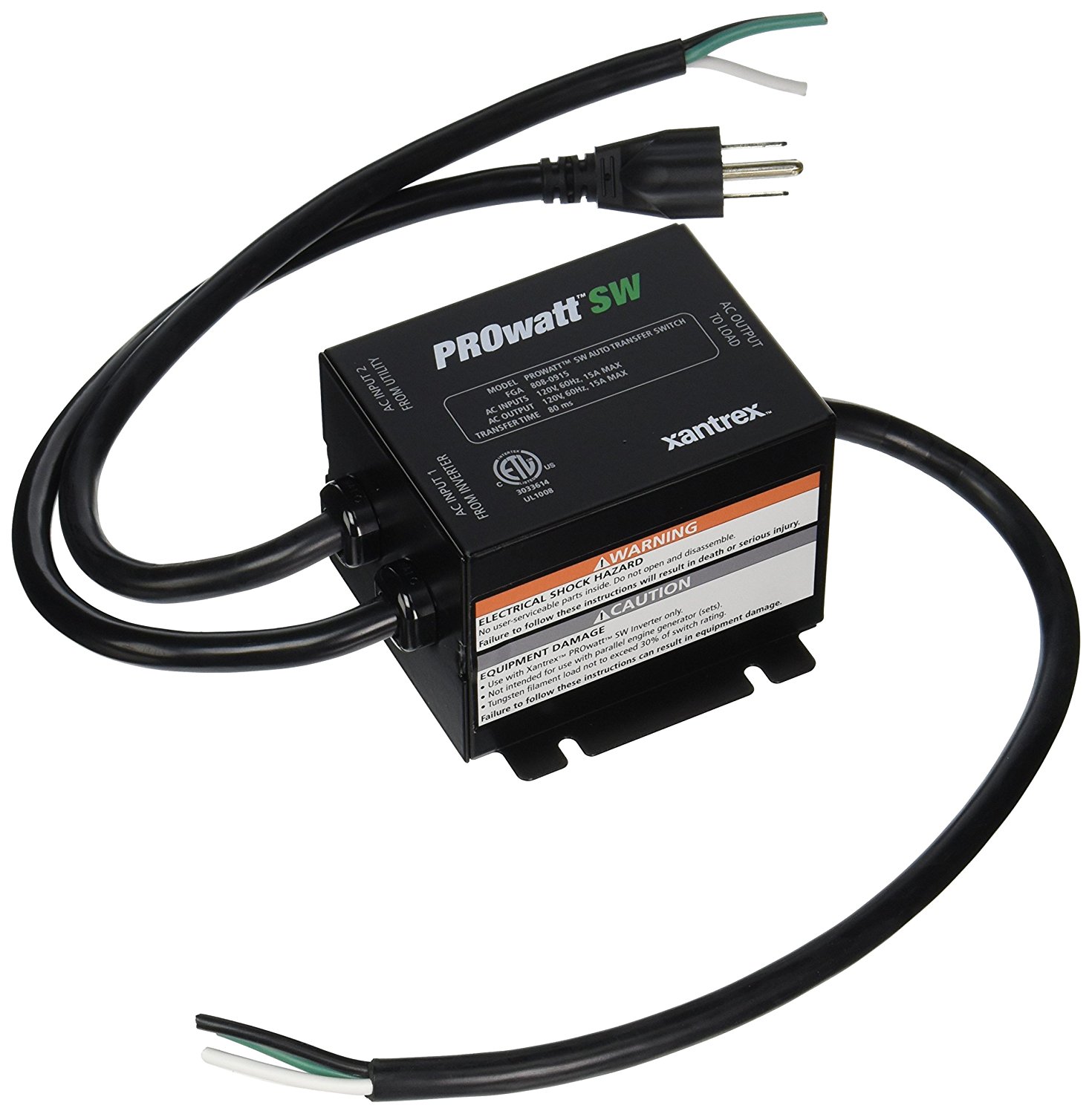- Joined
- Aug 18, 2016
- Messages
- 1,754
- Reaction score
- 1,493
1. You should fuse both the point of sale and neg lines of your cells, or each battery (Bank of cells)
2. You can parallel relays to get your desired current rating no problem.
3. Those APC UPS operate on 24volt batteries. You can easily wire in 2 x deepcycle batteries and use them as the UPS battery. I have done so and the APC functions as normal and will actually behave normally (You can even log in if you have the software and see run time remaining etc.) The system is also scale-able. I have 4 batteries, 2 x 2 hooked up in my UPS.
4. Lithium batteries are better, HOWEVER, they are extremely energy dense and I would not have them in my house unless they are in a metal enclosure that can contain a complete battery failure and vent the hot gas. I am into RC helicopters and cars and have seen many a "whoa that looks cool" I also keep my batteries in the garage in ammo crates.
2. You can parallel relays to get your desired current rating no problem.
3. Those APC UPS operate on 24volt batteries. You can easily wire in 2 x deepcycle batteries and use them as the UPS battery. I have done so and the APC functions as normal and will actually behave normally (You can even log in if you have the software and see run time remaining etc.) The system is also scale-able. I have 4 batteries, 2 x 2 hooked up in my UPS.
4. Lithium batteries are better, HOWEVER, they are extremely energy dense and I would not have them in my house unless they are in a metal enclosure that can contain a complete battery failure and vent the hot gas. I am into RC helicopters and cars and have seen many a "whoa that looks cool" I also keep my batteries in the garage in ammo crates.




















